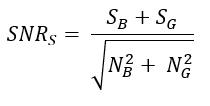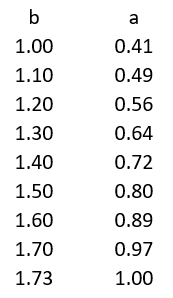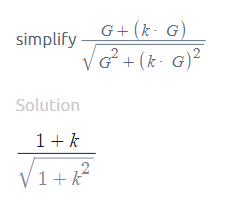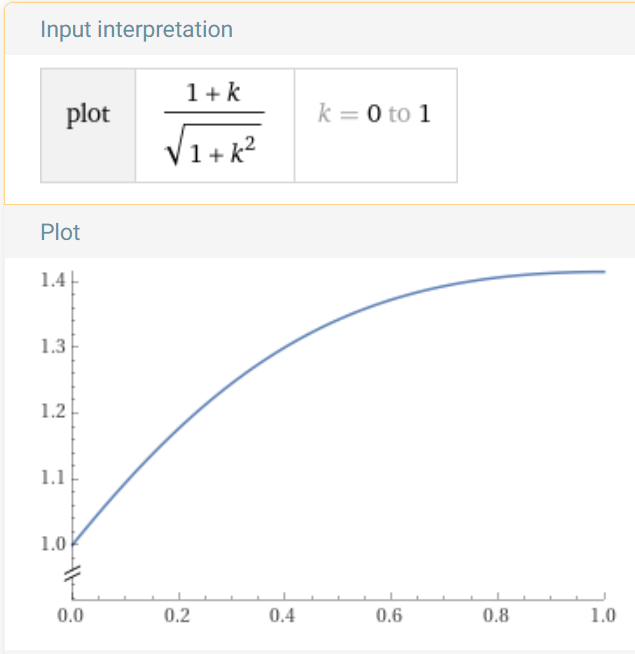Despite not doing dual narrowband imagery with OSC anymore, I had recently a discussion with a friend on the ways to add the green and blue channel in order to get the full Oiii signal when shooting this way. I was shown some recent videos where this topic was approached but, in my view, in a fairly simplistic way.
Being math inclined, I decided to try to understand if it is indeed even possible to get something better than the signal-to-noise ratio (SNR) of the green channel and I am sharing my approach, as well as some hints of a practical approach.
But first, some premises which I think are correct:
1. The Oiii signal is spread between the blue and green channel, since its wavelength is simultaneously captured in these channels in a typical OSC
2. The blue channel in dual-NB imagery is always noisier than the green channel
3. The blue channel in dual-NB imagery has always less signal than the green channel
4. The SNR of the green channel is always greater than the blue channel
The SNR of an image is defined as

When summing two different images (1 and 2), the resulting SNR (stacked) is the following:

Applying the same to our green (G) and blue (B) channel, we have

If we define the signal and noise of the blue channel are a given factor of the green channel, like the following
SB = a.SG and NB=b.NG
then we will have

For the stack SNR to be better than green channel SNR, the term
 needs to be larger than 1. Therefore:
needs to be larger than 1. Therefore:
What does this tells us? It tells us there are certain conditions where it is possible to improve the SNR of the stack – but not every condition. Which conditions are those? Let’s simulate – next table represent the minimum value of a needed for each b:

So, if you have an image where the blue channel is 50% noisier than the green (b=1.50), then the signal in the blue channel needs to be at least 80% of the green channel (a=0.80) in order to improve SNR of the stack against SNR of the green. Less than that, the combined image will have worse SNR than the green one alone.
Why these values in the table? Well, since in dual-NB imagery the blue channel is always noisier (b > 1) and the signal is always lower (a < 1), then:
b is always smaller than 1.732, otherwise a gets larger than 1 and
a is always larger than 0.414, otherwise b gets smaller than 1
Now, this is all very fine but can we anticipate if we will get a better image or not? Not really because it is not easy to find the numbers in coherent units to plug in the formula and besides, the main point is that there is no one size fits all solution, contrary to many videos available. But there is a quick way to confirm if combining the channel yields a better result or not, namely:
1. Combine the green and blue channels in whichever way you want;
2. In PixInsight, run SNR script (under Scripts > Image Analysis) to the three images;
3. Compare which one has the larger SNR and use it.
In my limited number of tests, I’ve always found that the best approach is simply dropping the blue channel and keep the green, the same approach as @Luke Newbould. But who knows whether something different will work for somebody else.
Anyway, here’s my two cents about this topic, which hopefully will be helpful to someone. If someone sees any mistake in the reasoning, feedback will be most welcome.
Cheers!




